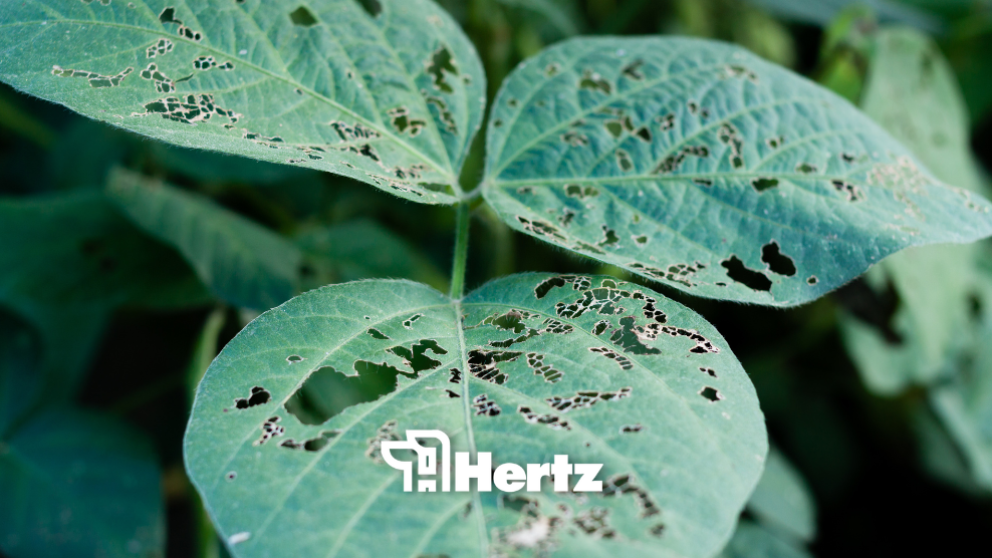Soybean Disease Management

A friend of mine joked that I should write about why they are seeing bright reddish-orange spots on the leaves of their pear trees. A quick Google search suggests that "Pear Rust" could be the culprit. It's a fungal disease. So there you go, folks. If you see bright reddish-orange spots on your pear trees, it could be a fungal disease called "Pear Rust."
My financial planner friend's comment helped me decide what to write about. So here we are: Let's talk soybean disease management.
Pioneer's parent company, Corteva Agriscience, has a disease ID guide. It's an excellent resource that highlights seven different corn and soybean diseases. Unique to this publication is the detail of each picture. Pictures mean everything when illustrating disease symptoms on a plant leaf. Corteva's disease ID guide discusses conditions for disease development, the timing and crop stage when the disease occurs, the possible impacts on yield, and fungicide application strategies. It's a handy tool to keep in the pick-up truck to reference what we may see in the field.
The publication is absolutely useless for the backyard farmer raising apples and pears.
Identifying diseases is a good skill for farmers or agronomists. If I suffer significant yield loss due to disease, I want to know what caused it. Here's the deal, though: if you can identify diseases in your crop, you're already too late.
An ounce of prevention is worth at least a pound of cure. Disease management is all about prevention, and fungicides are essentially preventative products.
We want to consider at which growth stages our crops are most vulnerable to diseases and what diseases might appear given our current weather and field conditions. Three questions: What diseases most commonly occur in our area? What diseases could happen, given our current weather? When are the most stressful times in the plant's life?
Once soybean plants begin to bloom, they are very susceptible to stress. There is a high demand for nutrients and a high energy demand to produce grain. We want to keep our crop as stress-free and healthy as possible.
The Cadillac program I have gathered in my conversations with agronomists is this: apply the first application of fungicides when we see the first flower. Two to three weeks later, provide the next application using a different mode of action. Two to three weeks after that, apply the next round using a different mode of action than you did the first two times.
The idea is to use multiple modes of action, 2 to 3 weeks apart, beginning at the first bloom.
Why do they suggest so many different applications? Remember, in a previous article, we discussed indeterminant vs. determinant soybeans. Indeterminant soybeans (primarily what we have in Nebraska) will continue to grow new leaves even after the plant has started blooming. If old leaves received fungicide and new leaves did not, the plant is still susceptible to disease pathogens.
Beyond diseases, using fungicides has plant health benefits. Fungicides reduce stress hormones in plants, provide the plant with antioxidants, and keep the plant cooler during the summer heat.
It usually pays to continue investing in your crop late in the growing season unless it looks like a total disaster. Don't give up on your crop too early.






